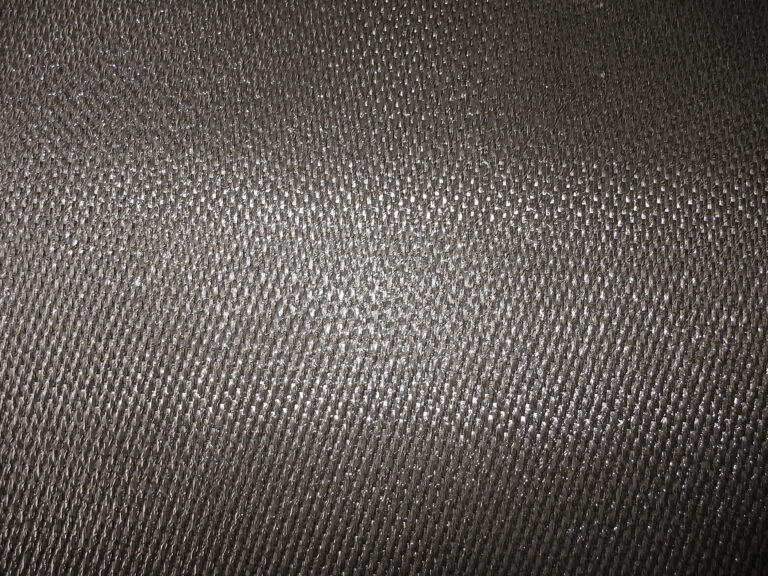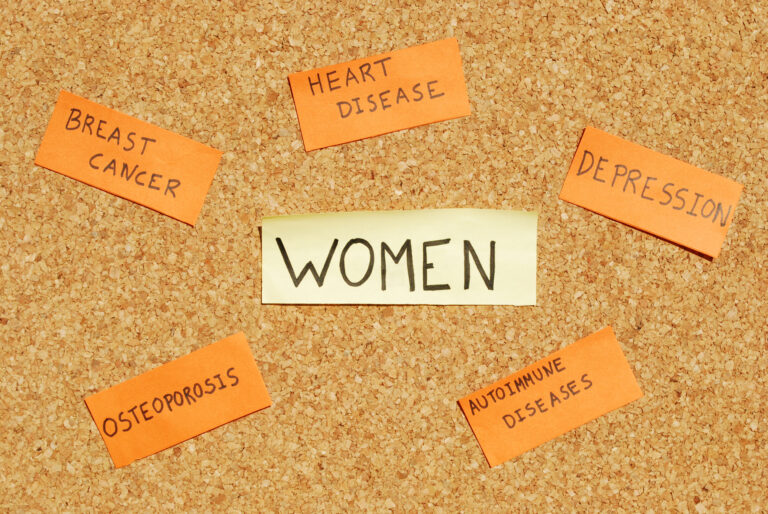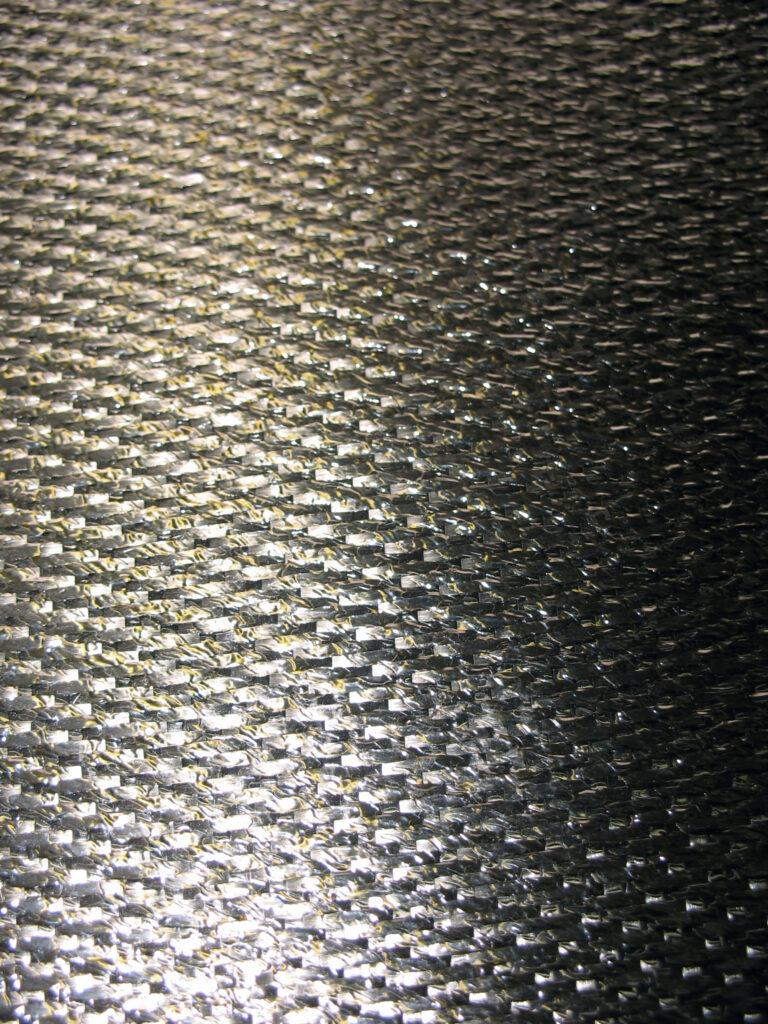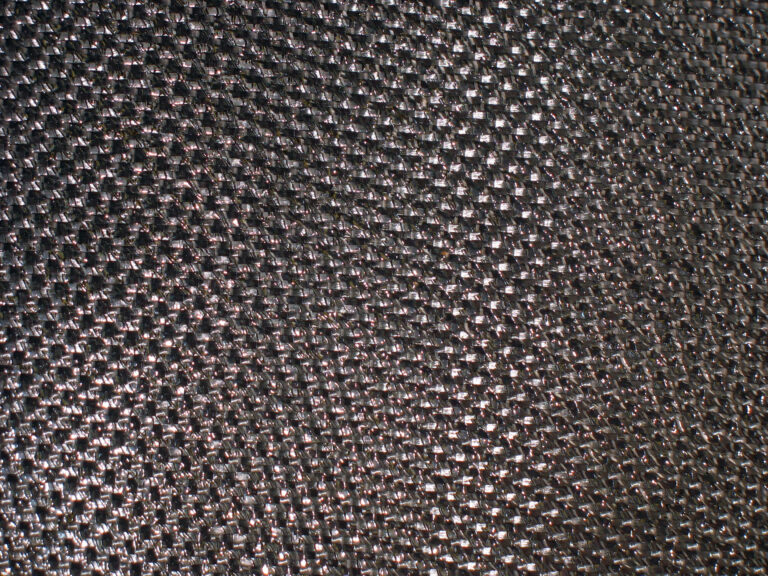How to Protect Your Family from the Dangers of Mold: Simple Steps for a Safer Home
Welcome to my blog post about how mold can affect your health. Mold is a common problem in many homes, and it can have serious consequences for your family’s well-being. In this article, we will explore the signs of mold exposure, the dangers it poses to certain individuals, and what you can do to protect your home from mold growth.

Mold is a type of fungus that grows in moist environments. It can be found both indoors and outdoors, and it thrives in areas with high humidity or water damage. While some types of mold are harmless, others can release spores into the air that can cause health problems when inhaled.
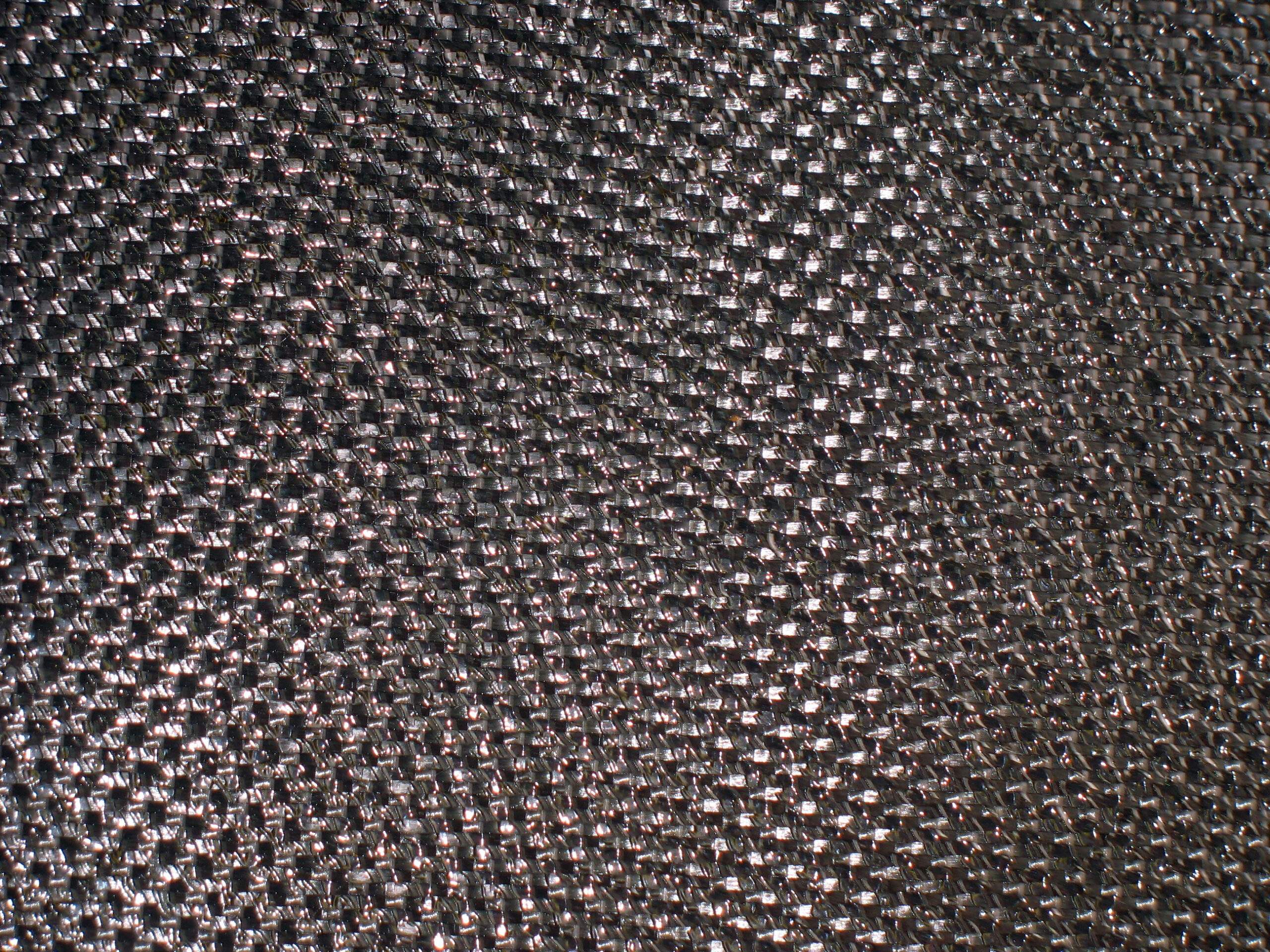
One of the most significant risks associated with mold exposure is respiratory issues. People who breathe in mold spores may experience symptoms such as coughing, sneezing, runny nose, and congestion. Other potential effects include headaches, fatigue, skin rashes, and irritation of the eyes, nose, and throat.
Children, the elderly, and immunocompromised individuals are particularly at risk from mold exposure. Children may develop asthma or other respiratory conditions as a result of exposure to mold, while older adults may experience more severe symptoms due to weakened immune systems. Immunocompromised individuals, such as those undergoing chemotherapy or living with HIV/AIDS, may also be vulnerable to opportunistic infections caused by mold.
To identify and remove mold in your home, start by looking for visible signs of mold growth, such as discolored patches on walls or ceilings. You should also check areas where there has been previous water damage or leaks, as these are prime locations for mold to grow. If you suspect mold but cannot see it, consider hiring a professional inspector to assess your home.
Once you have identified mold in your home, it’s essential to take steps to remove it promptly. Start by cleaning affected surfaces with a mixture of bleach and water, then dry the area thoroughly. If the mold is extensive or difficult to reach, you may need to consult a professional remediator.
Preventing mold growth in your home is crucial to keeping your family safe. Simple steps you can take include fixing any leaks or water damage immediately, using exhaust fans in bathrooms and kitchens to reduce humidity, and ensuring adequate ventilation throughout your home. Regularly cleaning your home, including dusting and vacuuming, can also help prevent mold growth.
In conclusion, protecting your family from the dangers of mold requires vigilance and action. By identifying and removing mold in your home, taking steps to prevent its growth, and being aware of the signs and symptoms of mold exposure, you can create a safer environment for yourself and your loved ones.

